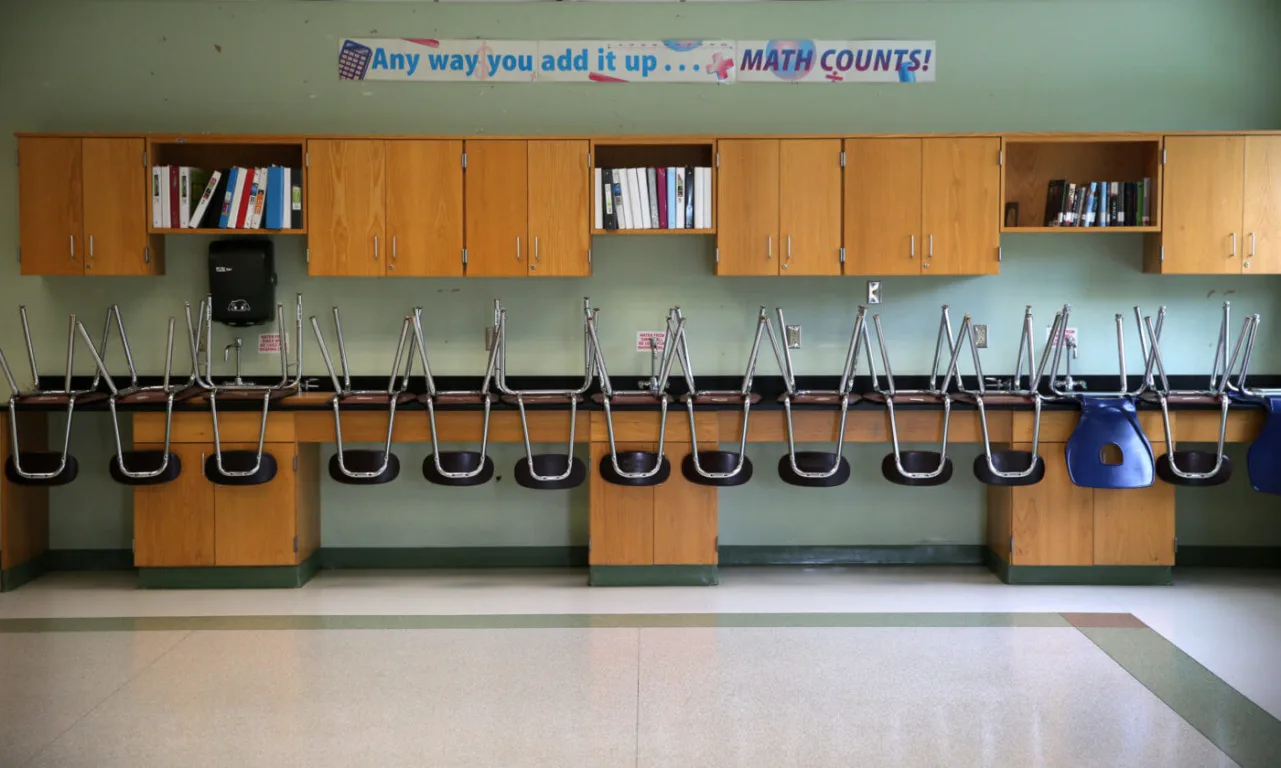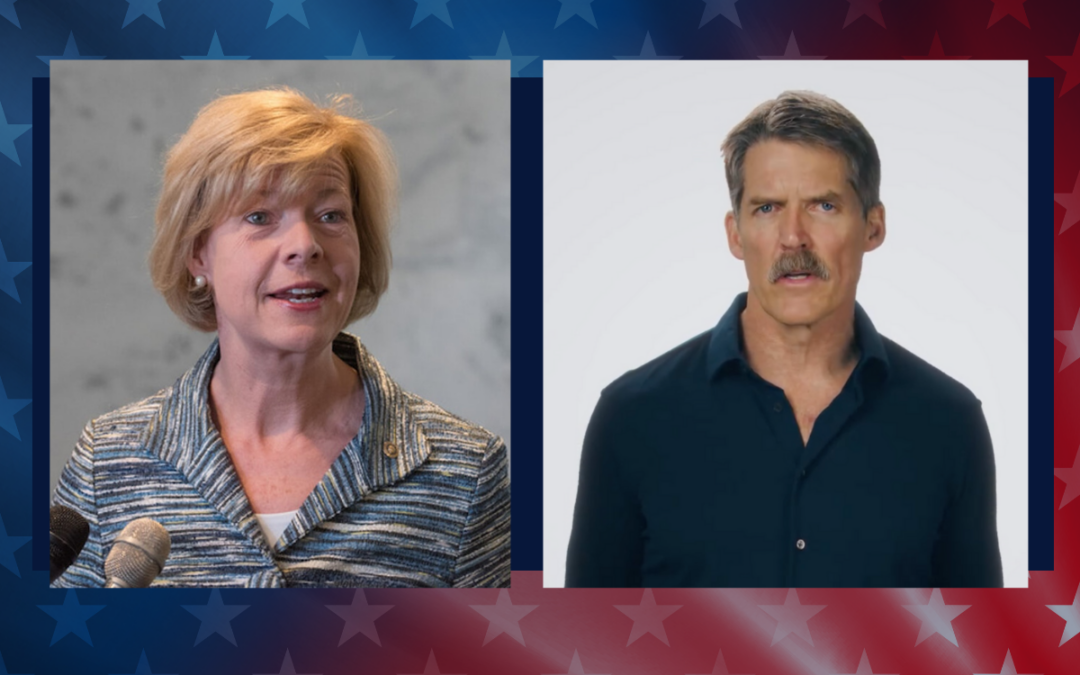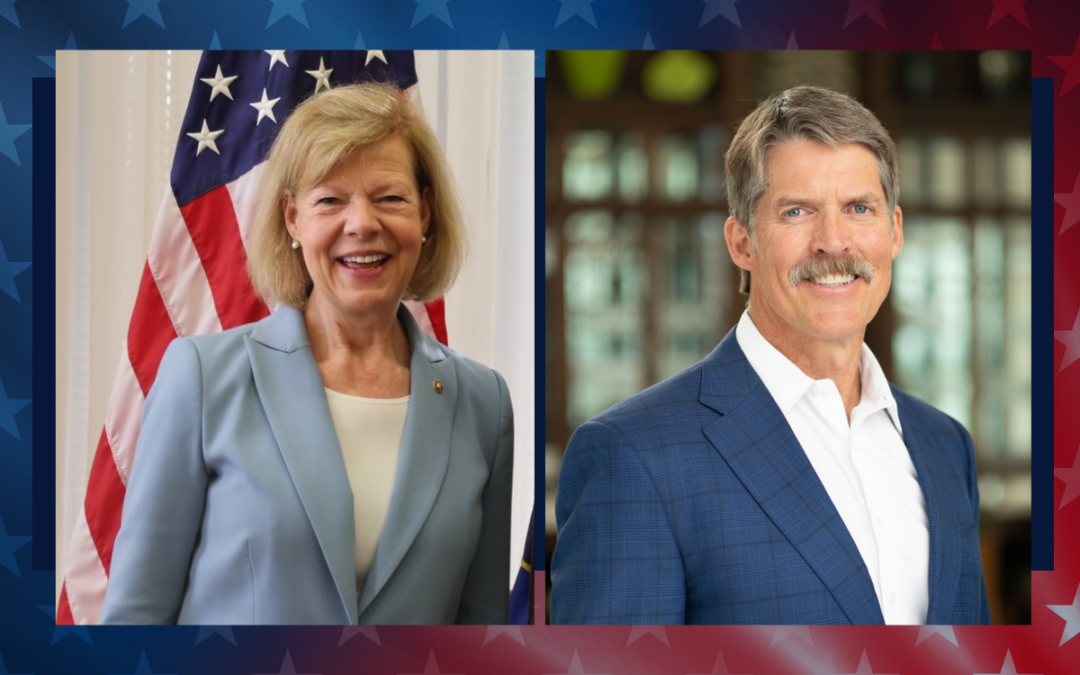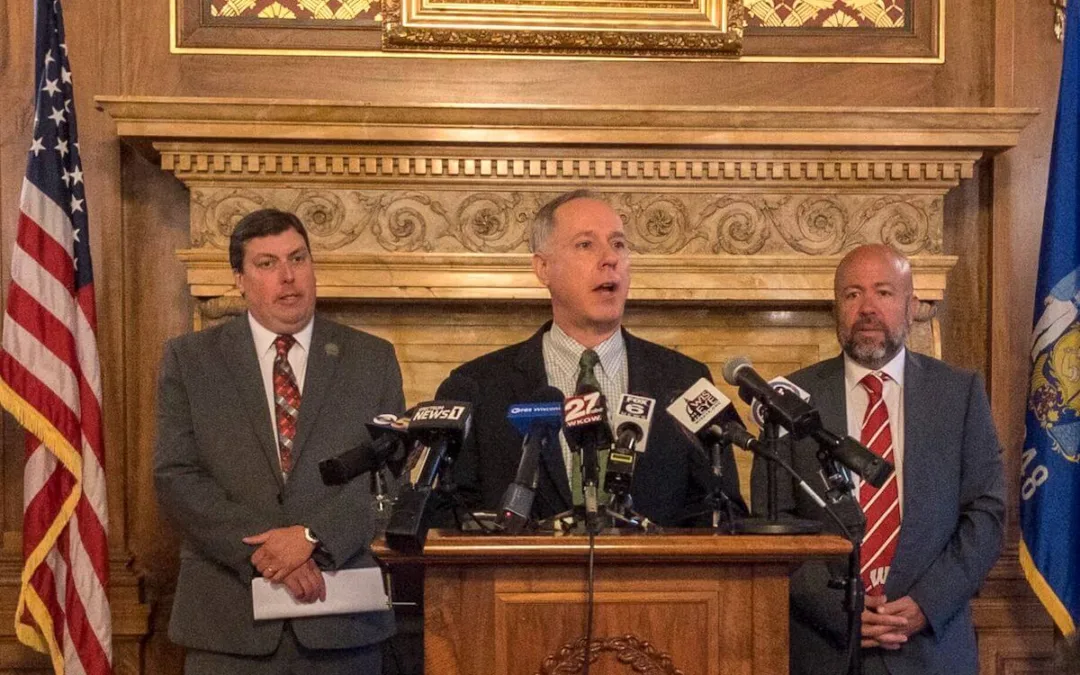
#image_title
#image_title
From keeping programs in place to bringing sites into compliance with the Americans with Disabilities Act, cash-starved schools are asking their communities for extra funding due to the Legislature’s restrictions.
Voters in Tuesday’s spring election will determine the fates of 69 school referenda across the state ranging from multimillion-dollar renovation and building projects to modest asks for funding to maintain existing services.
The high number of referenda is yet another indication of school districts’ struggles statewide after more than two decades of wrestling with state-imposed revenue limits. Those struggles were exacerbated throughout the last decade after the Great Recession and Republican-led spending cuts cost Wisconsin schools huge sums of money.
School districts are turning to voters for extra money now more than ever, a 2018 Wisconsin Policy Forum report found, and that trend has been bafflingly sustained despite a relatively sound economy in recent years, said Jason Stein, the Wisconsin Policy Forum’s research director. Two-thirds of Wisconsin school districts have passed a referendum since 2016, but there is no real sign of slowing, Stein said.
RELATED: Candidates For Wisconsin’s Top Education Job Have Decidedly Different Positions
“You might expect that after having a surge, you’d start to see some quieting of that because places have done some of these capital projects, strengthened some of their operating budgets, etc.,” Stein said.
That hasn’t been the case. Voters are also still overwhelmingly approving local school referenda, even massive asks like last year’s $1 billion referendum in Racine and a permanent $87 million annual referendum in Milwaukee.
Most referenda are not that large, though. Here are some this year that will ask for smaller sums to continue general operations and cover maintenance costs:
- Benton: $43,000 for “district building and site improvements and capital maintenance repairs”
- Bonduel: $12.5 million for “renovations, building infrastructure, security and site improvements, including classroom and [Americans with Disabilities Act] accessibility updates and HVAC improvements”
- Bruce: $2 million for “operating expenses”
- Cambria-Friesland: $5 million “to maintain academic and educational programs, technology, and address facility needs”
- East Troy: $8 million “for operating purposes of maintaining existing programs and staffing,” and a separate $8 million referendum for “school wide maintenance and improvements.”
- Edgar: $800,000 for “facility maintenance and operational expenses”
- Elcho: $4 for “general operation and maintenance expense.”
- Howard-Suamico: $25 million for “reducing class sizes, employee compensation, and facility maintenance.”
- Lake Geneva-Genoa Union High School: $750,000 for “ongoing operational expenses, technology and safety upgrades and maintain current educational programming,” and an additional $6 million referendum for “renovations, capital maintenance and updates at the school facilities and site”
- Lake Geneva J1: $750,000 for “ongoing operational expenses, technology, safety to maintain current educational programming”
- Oconto Falls: $4.4 million “to maintain current programs and services and to fund building maintenance, competitive staff compensation, expanded course offerings and additional building security improvements”
- St. Francis: $3.2 million “for operational purposes”
- Wausau: $4 million for “expenses related to maintaining educational programs and staffing, providing full pupil services teams at each elementary school, and another safety, operational, and maintenance expenses,” plus a $148.8 million mega-referendum for renovations, school additions, maintenance, and a new environmental center
- Wisconsin Dells: $4.9 million “to maintain existing programs and services”
Stein said he expects referenda to slow down, as Wisconsin public K-12 schools are receiving about $2.5 billion in federal funding between the CARES Act and Consolidated Appropriations Act, both of which passed last year under former President Donald Trump, and the American Rescue Plan (ARP), which President Joe Biden signed into law last month.
The ARP delivered about twice as much money for schools as the CARES Act and Appropriations Act put together, Stein said, so he expects school districts will be sitting relatively well moving forward.
“In the short term, I would expect that to have some kind of dampening effect,” Stein said.
Stein also noted that, just because a referendum passes, that doesn’t mean that money will be spent. It simply gives school boards the authority to tax and spend up to that amount of money, so the new federal dollars could help lower final referendum price tags if school boards determine they do not need to use the full amount allowed, Stein said.
Another important indicator for future referenda will be how much money schools get in the 2021-23 state budget, Stein said. Gov. Tony Evers wants to increase school spending by $1.6 billion over the next two years, but Republicans will likely decrease that when they pass a budget. They gave $500 million in the last budget cycle, just a third of what Evers proposed.
“If there is like no revenue limit increase [for schools], then that will put upward pressure on referenda,” Stein said.
Politics

What’s the difference between Eric Hovde and Sen. Tammy Baldwin on the issues?
The Democratic incumbent will point to specific accomplishments while the Republican challenger will outline general concerns he would address....

Who Is Tammy Baldwin?
Getting to know the contenders for this November’s US Senate election. [Editor’s Note: Part of a series that profiles the candidates and issues in...
Local News

Stop and smell these native Wisconsin flowers this Earth Day
Spring has sprung — and here in Wisconsin, the signs are everywhere! From warmer weather and longer days to birds returning to your backyard trees....

Your guide to the 2024 Blue Ox Music Festival in Eau Claire
Eau Claire and art go hand in hand. The city is home to a multitude of sculptures, murals, and music events — including several annual showcases,...



